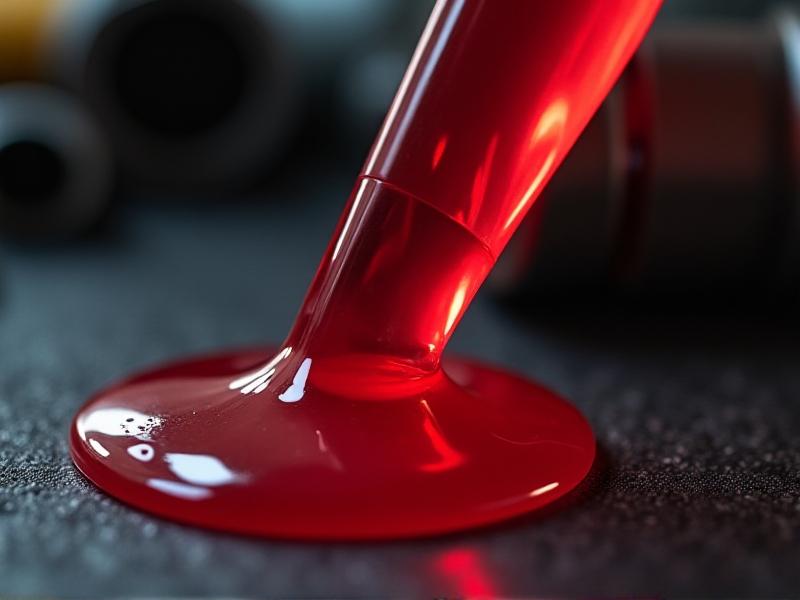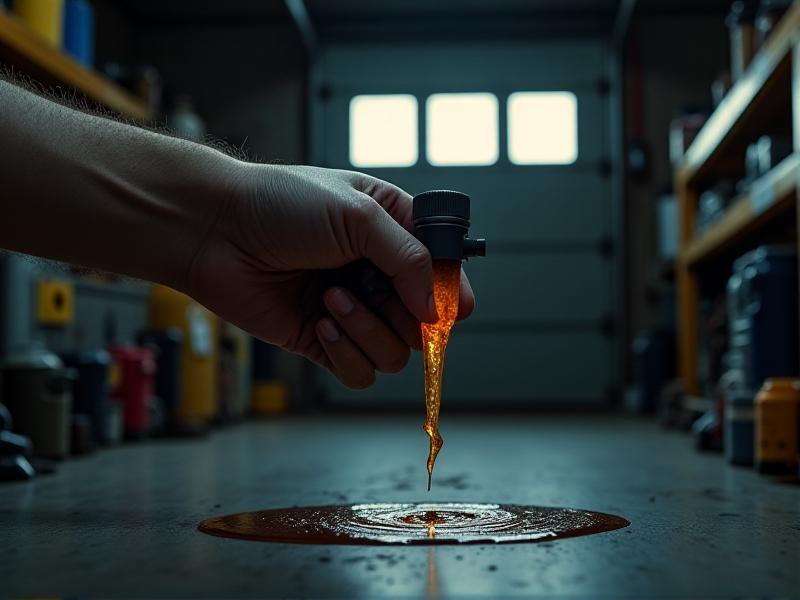The Role of Transmission Fluid in Your Vehicle
Transmission fluid is the lifeblood of your vehicle’s transmission system. It lubricates moving parts, reduces friction, dissipates heat, and ensures smooth gear shifts. Like blood in the human body, its condition directly impacts performance. Over time, heat, debris, and chemical breakdown alter its color and viscosity. Monitoring these changes can reveal early warnings of mechanical issues, saving you from costly repairs. Let’s explore how decoding its color can keep your vehicle running smoothly.

Bright Red: The Sign of Healthy Fluid
Fresh transmission fluid is typically bright red and translucent, resembling cherry syrup. This vibrant hue comes from dyes added during manufacturing to distinguish it from other fluids. If your dipstick shows this color, your fluid is likely in good condition, effectively lubricating and cooling the transmission. However, even bright red fluid can degrade over time. If it’s been years since your last change, don’t assume it’s still effective—additives deplete with age. Regular checks ensure it hasn’t lost its protective properties despite retaining its color.

Light Brown: Early Stages of Oxidation
As fluid ages, it darkens to a light brown shade. This change signals oxidation—a natural reaction to heat and oxygen exposure. While not an emergency, it indicates the fluid is losing its ability to protect against wear. At this stage, consider a fluid flush or top-up to restore performance. Ignoring it could lead to accelerated component wear. Pro tip: Compare the color to a new fluid sample. If it’s noticeably duller, it’s time for action.

Dark Brown or Black: Overheating and Severe Degradation
Dark brown or black fluid is a red flag. This drastic color shift often stems from overheating, which breaks down the fluid’s molecular structure. It may also contain metal particles from worn gears or clutches, giving it a gritty texture. Driving with burnt fluid risks irreversible transmission damage. Immediate replacement is crucial, along with diagnosing the root cause—like a faulty cooler or excessive towing strain.

Pink or Milky Fluid: Coolant Contamination Crisis
Pinkish or milky transmission fluid suggests coolant or water contamination. This occurs when a failing radiator or cracked transmission cooler allows engine coolant to mix with the fluid. The mixture creates a frothy, strawberry-milk appearance and drastically reduces lubrication efficiency. Continued use can lead to corrosion and catastrophic failure. Address this immediately—replace the fluid and repair the leaking component to prevent further damage.
Burnt Odor and Discoloration: Critical Overheating
If your fluid smells burnt and looks dark, your transmission has likely overheated. This acrid odor comes from fried friction materials and oxidized additives. Overheating can warp clutch plates and glazes surfaces, causing slippage. Pull over safely and let the system cool. Persistent burning smells warrant a professional inspection—you may need fluid replacement, component repairs, or upgraded cooling systems.
How to Check Your Transmission Fluid Correctly
Park on level ground, start the engine, and let it idle until warm. Locate the dipstick (usually labeled), pull it out, wipe it clean, and reinsert it. Withdraw it again and observe the fluid’s color and consistency. Healthy fluid reaches the “Full” mark and doesn’t smell burnt. For accurate color assessment, dab a drop on white paper. Always consult your owner’s manual—some modern vehicles require dealer checks.
Maintenance Tips to Prolong Fluid Life
Follow your manufacturer’s service intervals—typically every 30,000 to 60,000 miles. Use only recommended fluid types, as additives vary between transmissions. Avoid overheating by installing an auxiliary cooler if towing heavy loads. Fix leaks promptly to prevent low fluid levels. Consider periodic flushes for high-mileage vehicles to remove sludge and metal debris. Simple habits like these can double your transmission’s lifespan.
When to Seek Professional Help
While color changes offer clues, some issues demand expert attention. If fluid replacement doesn’t resolve discoloration, internal damage may lurk. Unusual noises, delayed shifting, or warning lights paired with abnormal fluid conditions signal deeper problems. Mechanics can perform pressure tests, scan for error codes, and inspect internal components. Don’t gamble with guesswork—early intervention saves money and downtime.
Staying Ahead with Regular Inspections
Transmission fluid tells a vivid story about your vehicle’s health. By understanding its color language, you catch problems before they escalate. Schedule monthly checks and document changes over time. Pair visual inspections with attention to driving feel—hesitation or jerking shifts often align with fluid issues. Your transmission is a costly component; treat its care as non-negotiable maintenance.



